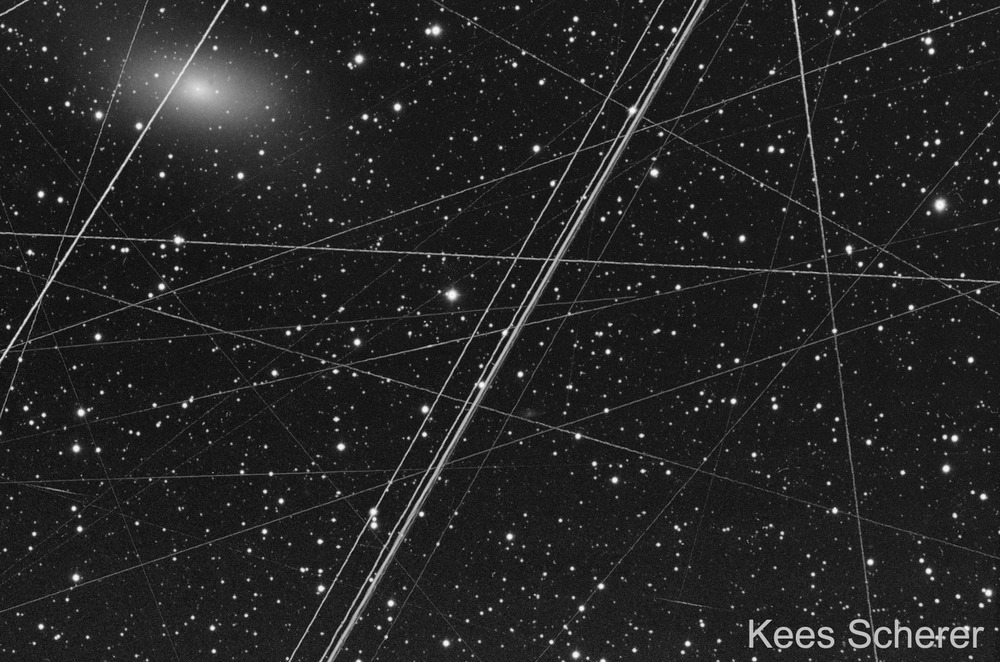Tau.Neutrino said:
Low-Earth orbit is overcrowded. This Silicon Valley startup has a solution
In late January, two satellites that had harmlessly orbited the Earth for decades almost collided with one another. Had they done so, at speeds of 14 kilometers per second, both would have been instantly obliterated.
more…
> Before us, nobody was watching for derelict satellite collisions.
Don’t believe it. I’m pretty sure that the French are watching, for starters.
To a large extent, once you know any part of an orbit, you have a very accurate prediction at all future times – except – and this is of negligible importance, when the upper atmosphere is dragging the object back to Earth. It’s of negligible importance because any collision within the atmosphere is sure to result in all parts rapidly falling to Earth, 99% within 20 minutes, the rest within a month.
> ground-based radars. Based in Alaska, Texas, and New Zealand, these space surveillance radars scour the skies, singling out any object which passes overhead in Low Earth Orbit. LeoLabs’ phased array radars are capable of quickly switching from looking at one satellite to another, as frequently as every millisecond should they so wish.
Now that’s nice. Great way of refining orbital parameters.
Goldstone can radar track orbital debris, if it wanted to. Arecibo could, if it wanted to. There are military radars of course. As well as optical tracking after sunset and before sunrise, but optical tracking of small objects is limited to about two periods of an hour a day.
Low Earth Orbit optical tracking of space debris near the Andromeda galaxy that’s M110 in the image below. From https://apod.nasa.gov/apod/ap191014.html and https://apod.nasa.gov/apod/image/1910/M31Before_Scherer_4298.jpg
